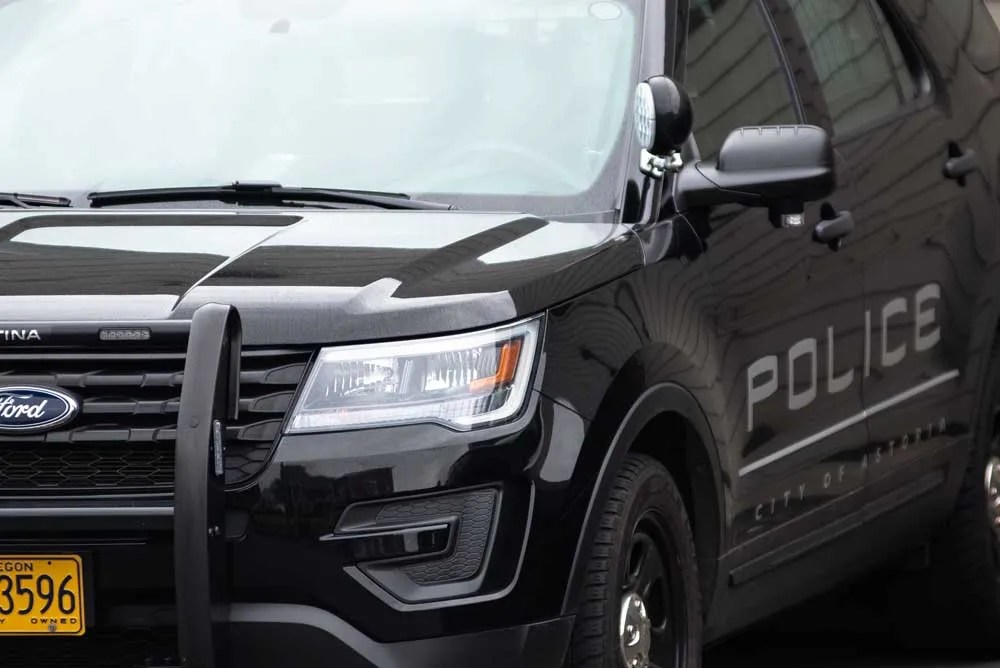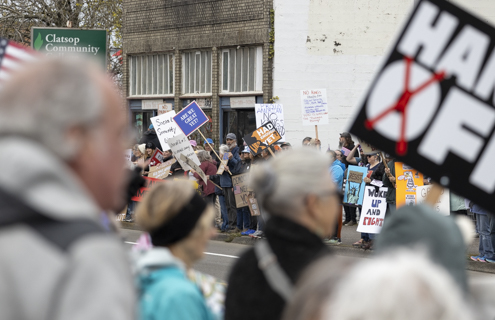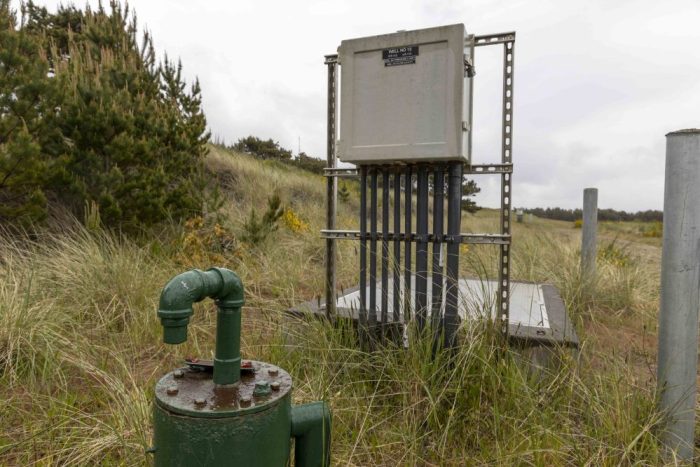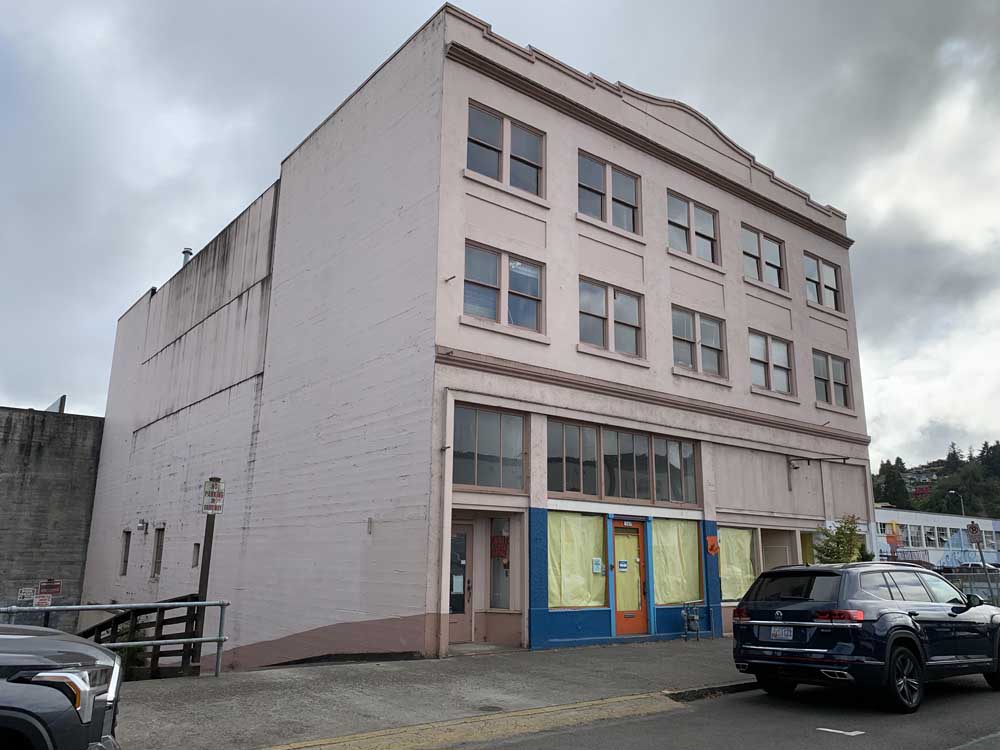A new documentary highlights Buffalo Soldiers
Published 8:00 am Tuesday, March 26, 2019
Beyond the Bob Marley song, the Buffalo Soldiers don’t get much play in the highlights of American history. They served the U.S. military on the western frontier — among the first black soldiers to make a career out of fighting for Uncle Sam.
One of them was 1st Sgt. Moses Williams, a man born a slave who, as an Army soldier in the 9th U.S. Cavalry, earned the Medal of Honor. His final duties included caring for the cannons at Fort Stevens in the 1890s as the ordnance sergeant.
An independent film crew working on a documentary titled “Buffalo Soldiers of the Pacific Northwest” shot several scenes of historical re-enactment at Fort Stevens State Park on Monday.
Williams is played by Geordan Newbill, president of the nonprofit Buffalo Soldiers of Seattle, who sports an 1880s-style uniform made just for the film. Also featured is the park’s 2nd U.S. Artillery, which ran through multiple takes of loading and firing cannons with gunpowder charges as Newbill’s Moses gave orders to “Fire!”
That morning, the crew had gathered footage of Newbill in Kelso, Washington. They hope to hit Yosemite soon to interview a historian before wrapping up principal photography, co-director and producer Jerry Bell Jr. said.
The documentary’s artistic vision belongs to Dru Holley, a filmmaker based in Vancouver and Tacoma, Washington, who owns the production company Dru Films.
“We’re excited about (the film), and we want to do it justice,” Holley said. His goal is to create an hourlong educational film to be screened at film festivals, in museums and on broadcast TV.
“It has an audience, and it has supporters,” he added.
After the Civil War, thousands of freed African-American men joined the military, where they could learn to read and write and make enough money to send to their families. They’d have more opportunities in uniform than they would in the South as, say, ex-slaves working as sharecroppers.
“You were able to become a man. You could try to be equal … to be looked at as equal,” said Newbill, whose Seattle group focuses on the Buffalo Soldiers’ 9th and 10th Cavalry units.
The soldiers became part of the force policing the West during the Indian Wars, keeping the dispossessed Native Americans on their reservations and the European settlers off them during decades of violent skirmishes.
How the Buffalo Soldiers earned their nickname is unclear. The most popular telling goes that, when they came upon a Cheyenne tribe, the natives noticed that the black soldiers’ hair resembled the wooly hair of a buffalo — an animal that natives also happened to admire as fierce fighters.
Only in recent years did it become known that Williams had a presence at Fort Stevens, according to park ranger John Koch. This explains in part why the fort doesn’t have anything to commemorate him.
When Koch learned that Holley’s crew wanted to film there, he saw it as a terrific occasion to spotlight Moses. “The guy served here — why not, right?” he said.
The filmmakers plan to donate the uniform worn by Newbill in the film to historical sites in the Northwest as a rotating display — including Fort Stevens — something to mark Williams’ contribution to the region.
As the crew set up their cameras and equipment where their subject held his last post, on the very ground the middle-aged Williams would have walked more than 120 years ago, Holley couldn’t help but wonder: What would the Buffalo Soldier have made of them?
“These black and white men working together to make this film — it would have made Moses Williams proud,” Holley said.





